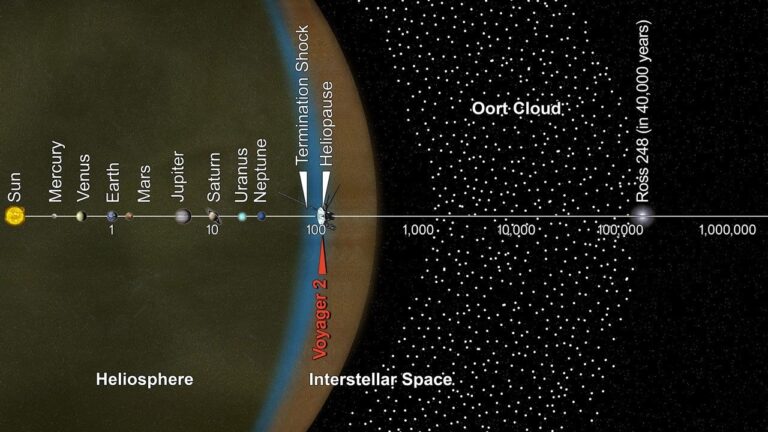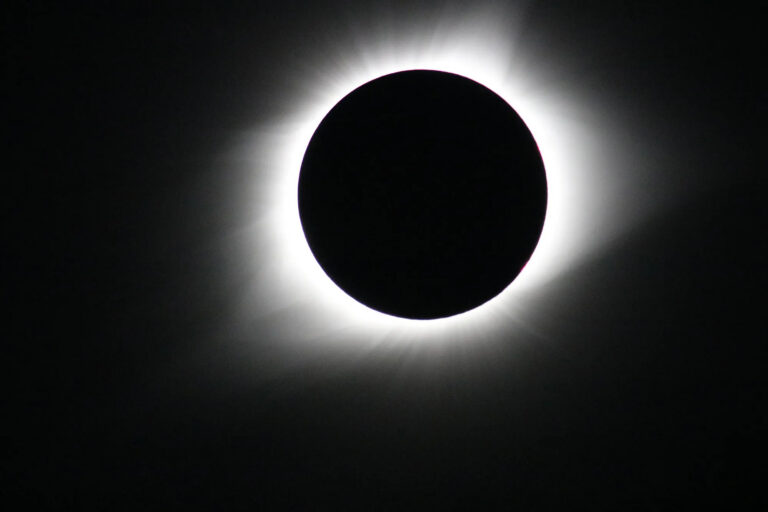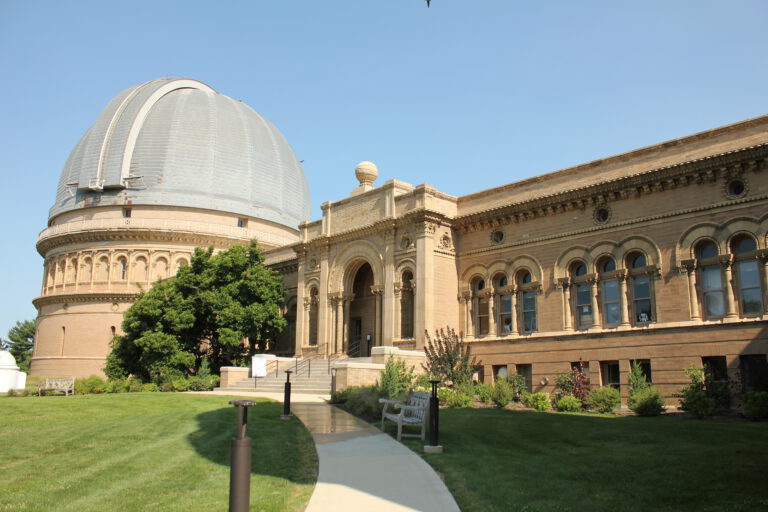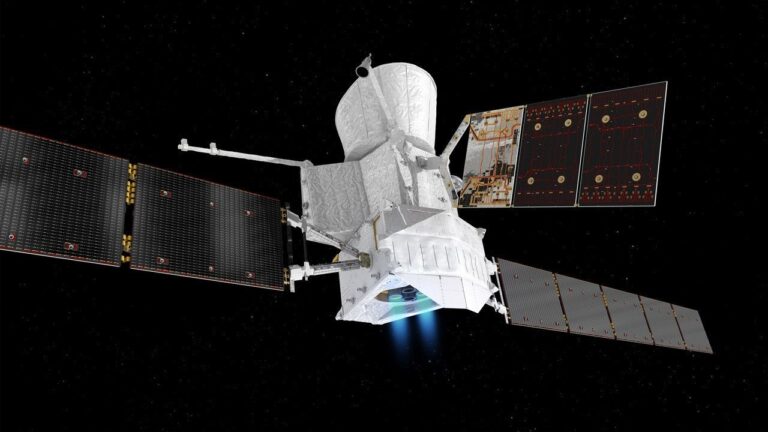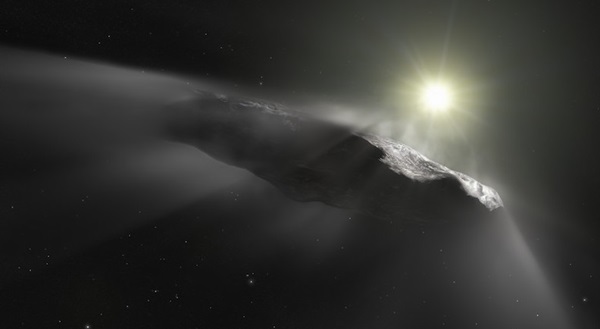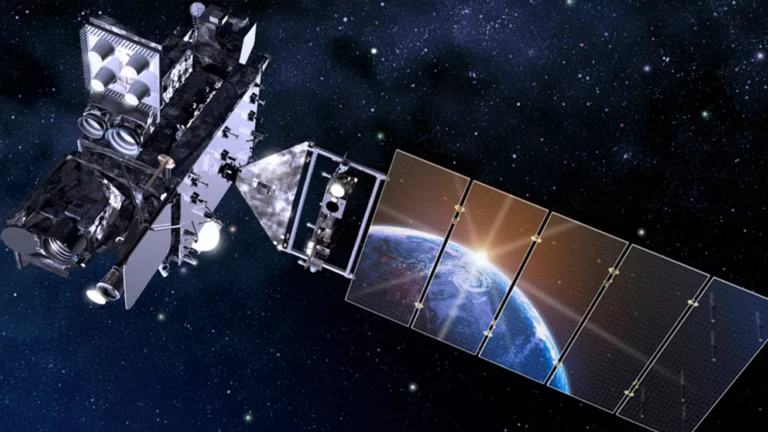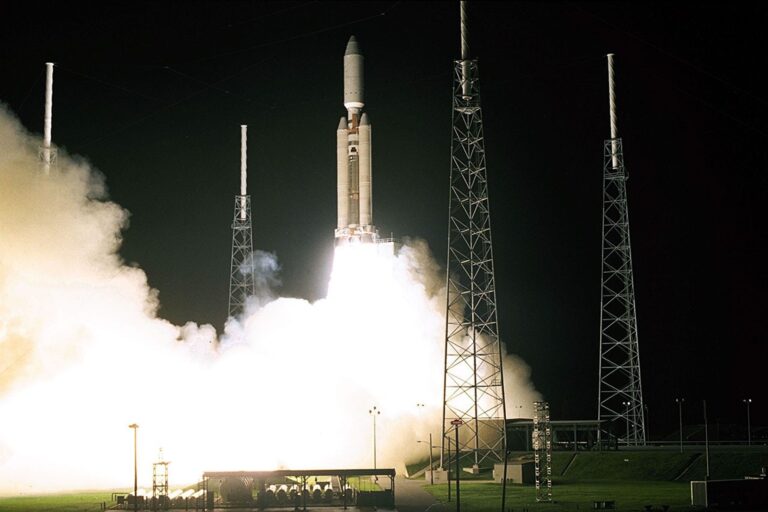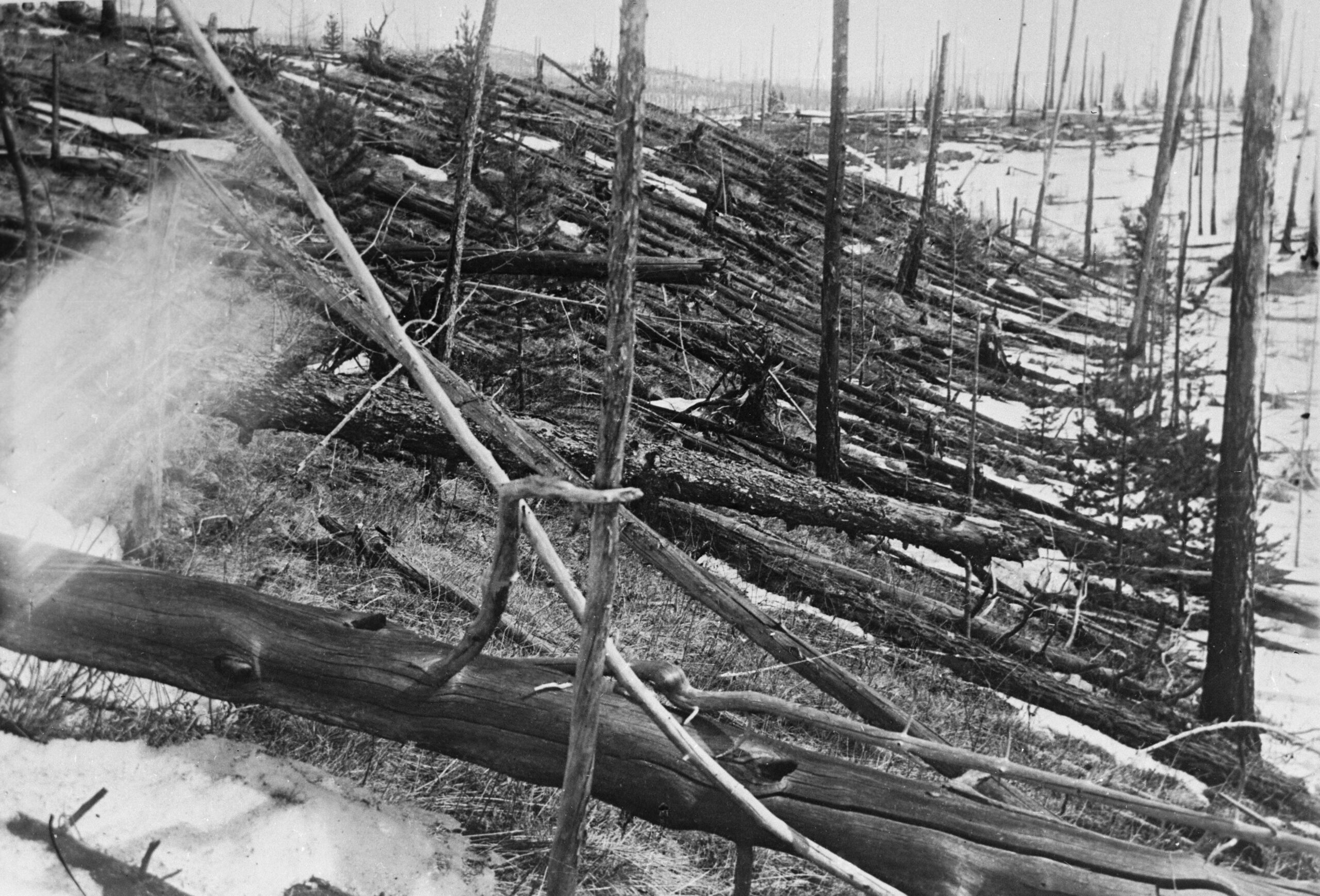
Key Takeaways:
- The Tunguska Event, occurring on June 30, 1908, involved an airburst explosion of an asteroid approximately 3.8 to 9.7 kilometers above the Tunguska River in Siberia.
- The explosion released energy estimated at up to 15 megatons of TNT, resulting in a shockwave that flattened trees across approximately 2,150 square kilometers.
- Despite the significant destructive force, human casualties were minimal, although reindeer populations suffered considerable losses.
- Eyewitness accounts detail a bright flash, fireball, powerful explosion, ground tremors, hot wind, and significant displacement of individuals.
An enormous explosion occurred approximately 3 to 6 miles (3.8 to 9.7 kilometers) above the Tunguska River area of Siberia on June 30, 1908, when an asteroid entered Earth’s atmosphere and exploded in an airburst. This event, known as the Tunguska Event, unleashed an estimated energy equivalent to up to 15 megatons of TNT, with a powerful shockwave that flattened trees for approximately 830 square miles (2,150 square km) around. Thanks to the remoteness of the area, human fatalities were low (some sources say no people died, while others say two or three), though the event did devastate reindeer populations. Local reindeer herders who were eyewitnesses described a brilliant flash, a fireball, a thunderous explosion, intense ground tremors, a hot wind, and even being thrown into the air. The impact is a touchpoint in discussions of the potential threat of near-Earth objects and the need for planetary defense, and led to the recognition of June 30 as International Asteroid Day.

